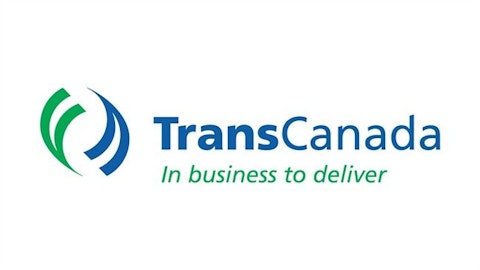
The IEA’s optimism marks a drastic departure from the conventional view just a few years ago, which held that the global crude oil market would remain tight and supply growth would be dominated by OPEC member countries. But the U.S. shale boom has changed that perception in a hurry.
Thanks to advances in drilling technologies, such as horizontal drilling and hydraulic fracturing, energy companies have managed to tap a previously inaccessible bounty of oil and gas trapped under shale rock formations. This so-called shale revolution helped propel U.S. oil production last year to its highest level since 1998, while reducing imports to their lowest level since 1997.
But while the surge in U.S. oil production is no doubt a major positive for the nation’s GDP, job growth, and its trade and current account balances, how can individual investors profit from it? Let’s take a closer look at three promising options.
Exploration and production companies
First up are exploration and production companies, or E&Ps, which are tasked with actually finding the shale oil and getting it out of the ground. While they’re in the riskiest part of the business, they can offer considerable upside, provided commodity prices don’t collapse.
Over the past few years, many E&Ps have seen continuous efficiency improvements through pad drilling and other techniques, which has helped them lower costs while maintaining strong rates of production growth. In North Dakota’s Bakken shale, for instance, Continental Resources, Inc. (NYSE:CLR), the leading producer in the play, reported a $1 million decline in its average well costs and 58% growth in production last year, while Kodiak Oil & Gas Corp (USA) (NYSE:KOG), an oil and gas junior that also has a major presence in the Bakken, said its well costs fell by 15%-20% and production nearly tripled.
For investors looking to gain exposure to the U.S. shale boom, both companies are worthy of consideration, with Kodiak Oil & Gas Corp (USA) (NYSE:KOG) being the more risky, and leveraged bet and Continental being the safer one. But for more risk-averse investors, there are other, safer ways of playing the shale boom.
Midstream companies
For instance, the midstream companies that store and transport oil and gas are generally viewed as a lower-risk option, since many of them generate stable income based on long-term, fee-based contracts and are therefore less vulnerable to commodity price risk. Enterprise Products Partners L.P. (NYSE:EPD), the largest publicly traded energy partnership in the country, is a clear standout.
Thanks to one of the lowest costs of capital in the industry, Enterprise Products Partners L.P. (NYSE:EPD) is able to invest heavily in new infrastructure projects, which provides a great deal of visibility into the partnership’s future distribution increases. With 81% of its gross operating margin secured by long-term, fee-based contracts, the company’s cash flows are about as stable as they come.
In the first quarter, Enterprise Products Partners L.P. (NYSE:EPD)’s distribution coverage ratio — a key metric that gauges the sustainability of its distributions — came in at a stellar 1.5, which is almost unheard of. And with roughly $7.5 billion of capital projects currently under way, Enterprise Products Partners L.P. (NYSE:EPD) should be able to keep raising its distribution, a feat it has achieved for a whopping 35 quarters in a row.
Services companies
Another way to play the shale boom is through companies that provide the necessary services, equipment, and expertise to shale drillers. Halliburton Company (NYSE:HAL), a leading global oilfield services firm, is one company worth a second look.
Because of the rising complexity and service intensity of shale drilling, operators prefer a fully integrated suite of services and a closer working relationship with their services providers, both of which Halliburton Company (NYSE:HAL) offers in spades. With its new “frac of the future” initiative, it also stands out as a major beneficiary of the trend toward operational efficiency — a crucial consideration for E&Ps targeting deeper and deeper shale formations.
And not only does Halliburton Company (NYSE:HAL) command a dominant position in the U.S. shale market — especially in plays like North Dakota’s Bakken, where it’s the leading services provider — its operations are diversified around the globe, with markets outside of North America accounting for 44% of its revenue last year.
The article How to Cash In on America’s Oil Dominance originally appeared on Fool.com and is written by Arjun Sreekumar.
Fool contributor Arjun Sreekumar has no position in any stocks mentioned. The Motley Fool recommends Enterprise Products Partners and Halliburton.
Copyright © 1995 – 2013 The Motley Fool, LLC. All rights reserved. The Motley Fool has a disclosure policy.


